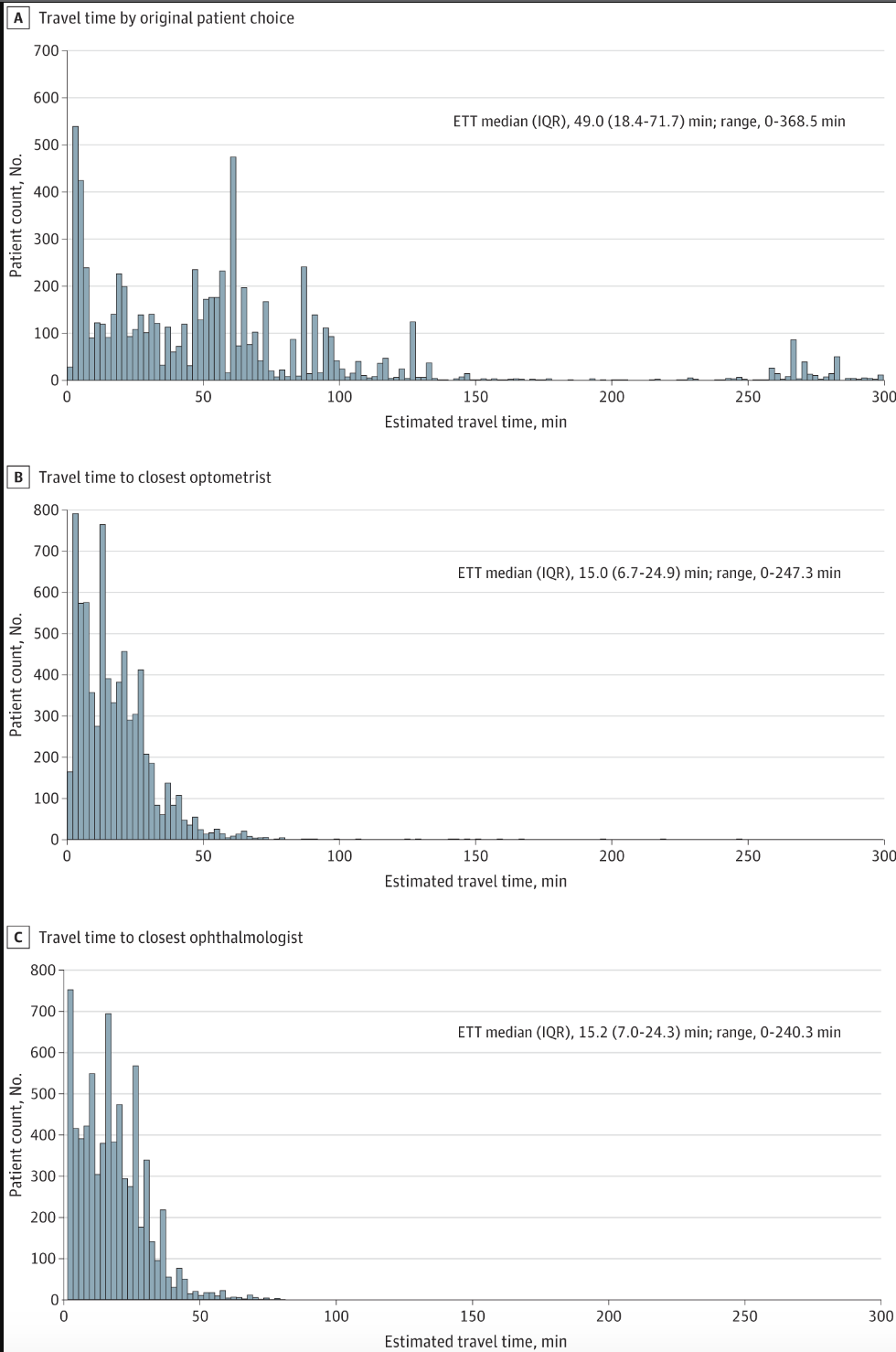Figure 2. Kentucky YAG Procedure: Patients Who Originally Chose an Optometrist

The authors found that optometrists performing laser eye surgery cover a geographic area that is similar to that covered by ophthalmologists. Less than 5% of the population only had access to optometrists (no ophthalmologists) within a 30-minute drive of their residence in all states analyzed except for Oklahoma, where a slightly higher percentage of the population (~8%) only had access to optometrists for two of the three laser procedures evaluated. In Kentucky, patients had longer travel times to receive laser procedures from optometrists compared to ophthalmologists, and similar trends were observed in Oklahoma and Arkansas.
Overall, the authors found that expanding laser eye surgery privileges did not greatly impact the percentage of Medicare patients who lived near a laser surgery provider, nor did it seem to shorten driving times for patients who underwent surgery. The authors conclude that these findings should be further explored in states that have not yet expanded laser surgery privileges to optometrists.
Shaffer J, Rajesh A, Stewart MW, Lee AY, Miller DD, Lee CS, Francis CE. Evaluating Access to Laser Eye Surgery by Driving Times Using Medicare Data and Geographical Mapping. JAMA Ophthalmol. 2023 Jul 20:e233061. doi: 10.1001/jamaophthalmol.2023.3061. Epub ahead of print. PMID: 37471084; PMCID: PMC10360006.

